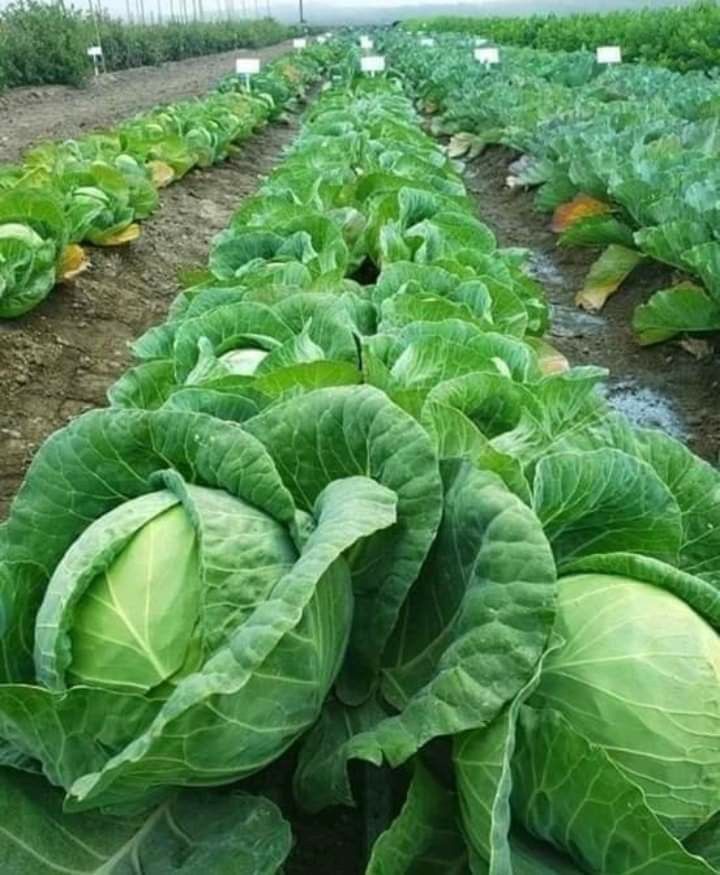
Here we know how to grow cabbage .Growing cabbage is quite rewarding, and it is really not such a complicated process if proper care and conditions are provided. Cabbages (Brassica oleracea) are cool-season vegetables, grown very well in temperate climates. These crops( like carrots) are full of nutrients and can be prepared in many ways in the kitchen. The growing techniques for green, red, or savoy cabbage are very much similar to each other. If there is well-drained soil, adequate sunlight, and moisture, then cabbage can thrive in small garden beds and in larger plots. In addition to a healthier harvest, growing your own cabbage also keeps away those pesky bugs and chemicals that are so commonly found in store-bought cabbages.
Choose the Right Variety
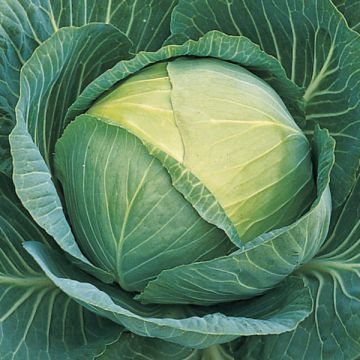
The choice of variety is dependent upon your growing conditions, climate, and intended use. Generally, green cabbage is a hardy variety, adaptable for most climates, while compact-head varieties like Golden Acre and Stonehead mature very early. Red cabbage does well in cooler weather. It is frequently used in salads and for pickling. Red Acre has been known to be the hardiest. Savoy cabbage features tightly crinkled leaves with a tender texture for soup and wraps. Such as Winter Density, this can tolerate colder temperatures well. Consider the length of time between sowing and harvesting-the early-maturing types include Early Jersey Wakefield; these are ideal for shorter seasons where larger varieties like Brunswick, which produce bigger heads but a longer growing period, will need much more time. The correct variety, depending on these factors, ensures a successful and flavorful cabbage harvest.
Planting Time
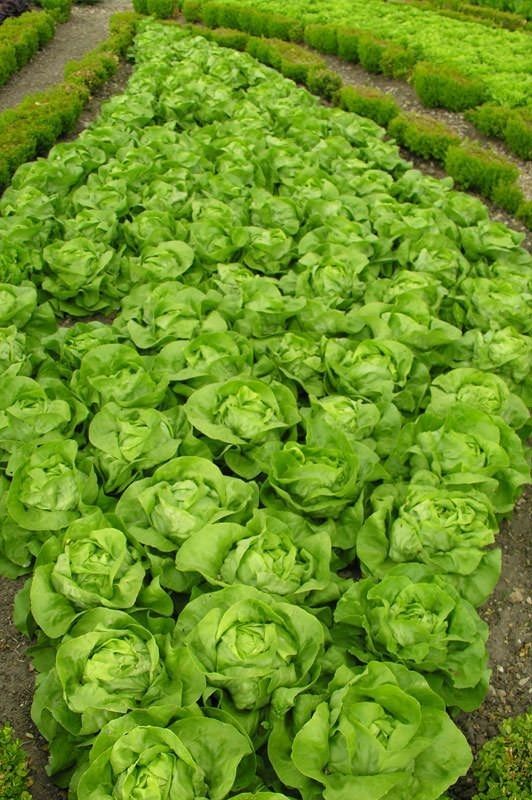
Cabbage is a cool-season crop, which means that its ideal planting time will vary with the climate and growing season of your region. For this reason, the temperature between 55°F to 75°F or 13°C to 24°C favors cabbage. Here are some of the key considerations to remember:
- Spring Planting:
Begin Indoors: In colder areas, you begin sowing cabbage seeds indoors 6 to 8 weeks before the last spring frost date. This gives them an early start so they will be strong enough to tolerate outdoor planting.
Direct Sow: You transfer seedlings outdoors when the soil has warmed up and the threat of frost has passed. This is usually early or mid-spring. - Fall Planting:
You can actually plant cabbage as a fall crop when the winter season is relatively mild. Start seed indoors midsummer, then move seedlings to the garden about 6-8 weeks before the date of first frost. Heads tend to come to full flavor in cooler temperatures, and will ripen on time, while frost protects it.3 Plant Timing Specific varieties
Early maturing varieties such as Early Jersey Wakefield can be planted at the earlier end of the growing season. Late-season varieties such as Brunswick will need a longer time to grow and therefore should be planted later in the spring or summer.
Timing planting allows you to get the most growth without risk of heat stress or frost damage.
Soil Preparation
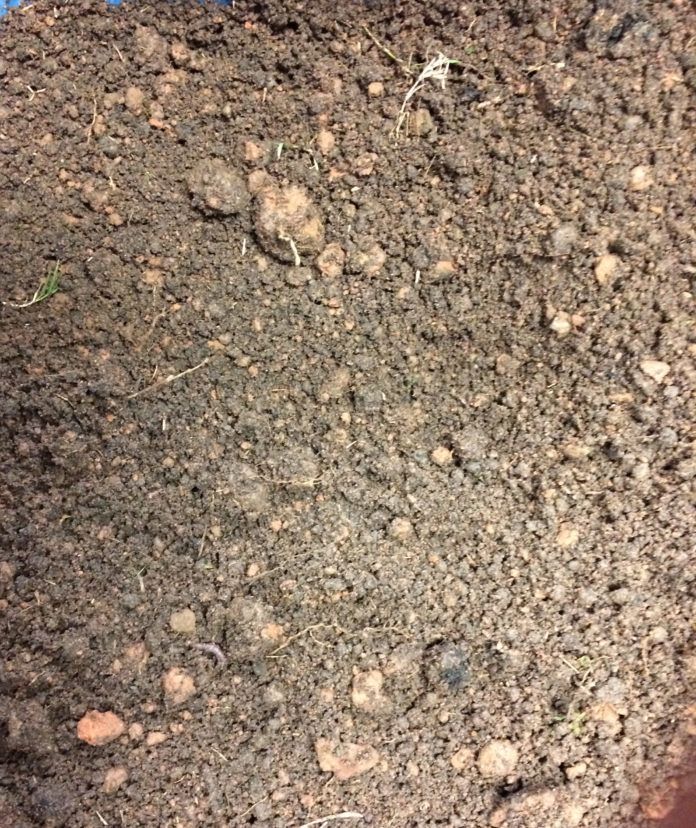
Preparations on soil are also essential for healthy and productive cabbage. Cabbages grow well in soils that drain well and are fertile, with a slightly acidic to neutral pH (6.0–6.5). Here’s how to prepare your soil for optimal cabbage growth:
- Soil Testing:
Testing Soil pH and nutrient. Buy a kit or simply take the sample to get tested at your local agricultural extension service. The cabbage prefers slightly acidic soil and correct the pH content if it falls outside the advisable limits. - Defend the Area:
Take away weeds, rocks, and debris from the garden bed. Cabbage needs a loose and exposed soil where roots grow. Weeds compete with cabbages for nutrients and water so these need to be cleared before planting. - Amend the Soil:
Composting matter: Cabbage is an extreme feeder so make abundant compost manure, or leaf mold. Organic matter enhances the structure, drainage, and fertility of the soil.
Nutrients: Cabbage requires well-enriched, nutrient-rich soil. Before sowing, add a balanced fertilizer or slow-release organic fertilizer for all the basic nutrients, like nitrogen, phosphorus, and potassium. - Provide Good Drainage:
Cabbage does not favor waterlogged soil. Therefore, ensure the bed drains properly. If your soil is clayey, you can add sand or some organic matter to the bed and this way, it will drain very well. Raised beds are not an exception too. - Tilling
Till shallow to 3 to 4 inches in the soil to facilitate greater incorporation of amendments into the soil also allows more aeration.
Tilling should not be deep for it may destroy soil aggregation and root development. - Mulching:
Around four weeks after transplanting cabbage, apply mulch on plants. Mulching improves retention of moisture in soil and inhibits competition from weeds besides helping hold soil temperature stable.
By preparing the soil properly, you’ll create an optimal environment for cabbage to thrive, leading to healthier plants and better yields.
Planting
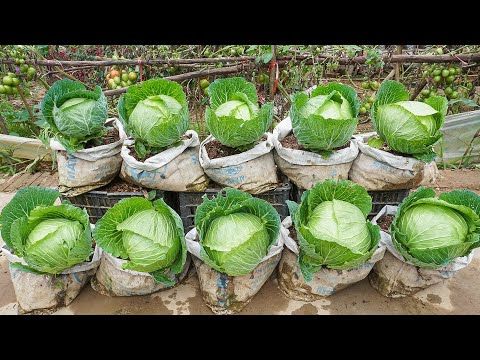
Plant cabbage when proper location and timing have been considered. Sow the seeds indoors 6–8 weeks prior to the last frost. Sow seeds directly to the soil when the soil reaches 45°F (7°C). Space cabbage seedlings from 12 to 18 inches apart in fertile and well-drained soil with a pH between 6.0–6.5. Planted in rows, with plenty of air circulation to reduce risk of disease. Transplant to a different location when they appear robust enough to stand adverse weather conditions. Water the plants deeply and consistently so that the soil remains moist but not waterlogged. Well-spaced and properly cared for cabbage plants will produce healthy heads.
Watering
Cabbages need constant moistening throughout the growth stages, especially in the formation of heads. Irrigate deeply and evenly, so the soil is moist but not waterlogged. Cabbage prefers about 1–1.5 inches of water per week.
Water at the base of the plant to avoid wetting the leaves, which promotes disease. Water early in the morning to minimize the chances of fungal infections. In the summer, it may be necessary to water more frequently to maintain soil moisture.
Fertilizing
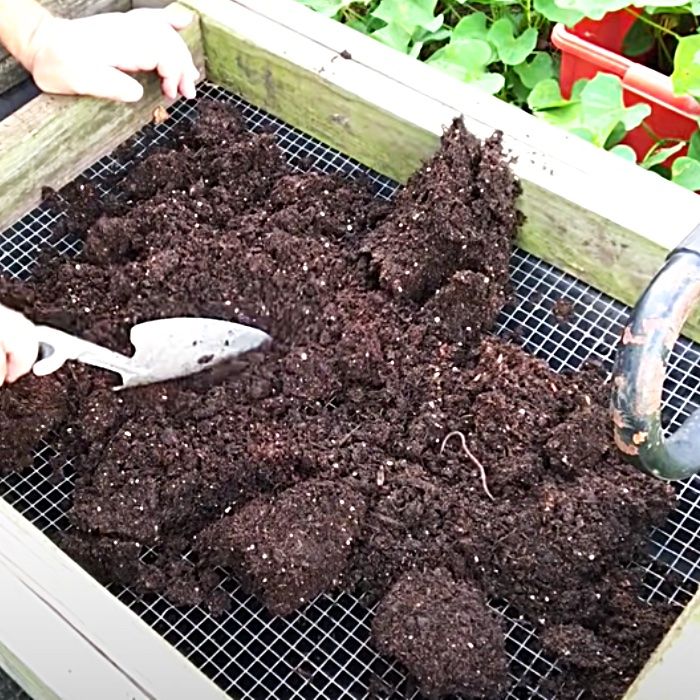
Cabbage is a heavy feeder and requires a lot of nutrients. Begin with a balanced, slow-release fertilizer when planting, incorporating it into the soil.
When cabbage heads begin to form, give the plants a side-dressing with a high-nitrogen fertilizer to promote strong growth. Compost, organic fertilizers, or liquid feeds like fish emulsion can be used every 3–4 weeks.
Avoid over-fertilizing because it can encourage too much leaf growth rather than head formation. Frequent feeding will ensure the heads of cabbage are firm and healthy.
Pest Control
Effective pest control is very important for the healthy growth of cabbage because some pests such as aphids, cabbage worms, and slugs may damage the plant. Apply floating row covers to prevent laying eggs of pests on leaves. Handpick the visible pests like caterpillars and slugs, or use organic solutions such as neem oil or insecticidal soap. Encourage natural predators, such as ladybugs for aphids. Maintain cleanliness by removing plant debris to reduce pest habitats. Regularly inspect plants for signs of infestation to act promptly and minimize damage.
Harvesting
It’s best to harvest cabbage when it’s mature and of its best flavor and texture. Heads of most cabbage varieties will be ready to harvest when they are firm, dense, and at full maturity size. The mature size varies with different varieties. Most take 70 to 100 days from transplanting to reach maturity. Check the seed packet for specific days to maturity.
To harvest, cut the head of cabbage at the bottom with a sharp knife, with a few outer leaves attached to the stem. These might protect smaller heads that emerge from the remaining stem – especially in certain varieties from drying out. Optimal flavor is achieved at cooler temperatures, so it is best to harvest in the early morning. Do not delay too long to harvest, since overripe heads may split or become tough.
Harvested cabbage must be kept cool and moist; it can be stored for weeks in a refrigerator. Properly timed harvesting ensures delicious fresh cabbage that will be used in your meals and retains its nutritional value.
2 thoughts on “How To Grow Cabbage”